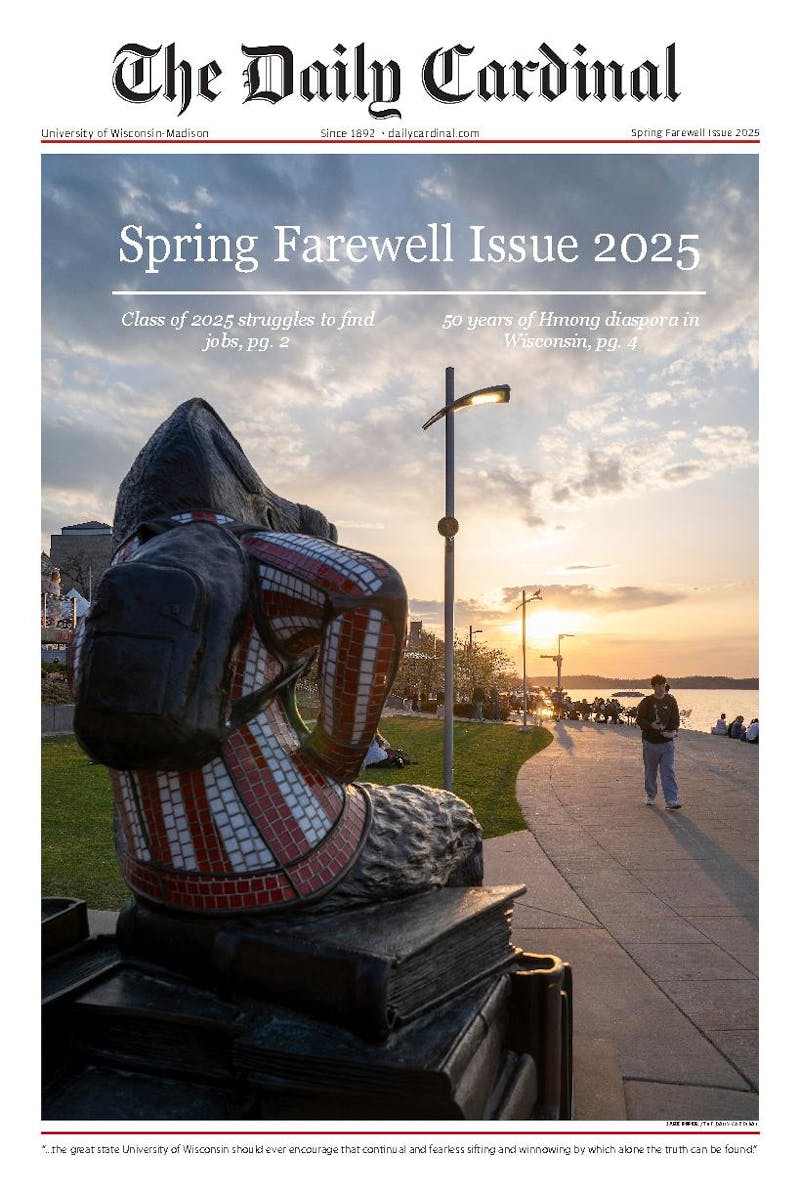Chukuka Enwemeka, professor and dean of University of Wisconsin-Milwaukee’s College of Health Sciences, shared his findings on the medical benefits of different colored lights during a Wisconsin Academy Evening Talk Tuesday.
Enwemeka said his inspiration to experiment with phototherapy, using light for medical purposes, is rooted in “heliotherapy,” a method hospital workers used in the early 1900s in which patients were exposed to sunlight to assist with recovery.
The dean, and others working alongside him, were able to prove the hospital workers were somewhat correct in using heliotherapy. The evidence from Enwemeka’s studies proves that near-red and infrared light accelerate healing of wounds and blue light destroys harmful pathogens found in the body.
Cytochrome c proteins found in animal and plant cells are key factors in accelerating wound healing and pain relief, according to Enwemeka. With exposure to near-red and infrared light, the proteins induce a metabolic process called ATP synthesis. This mechanism is required to begin cell division and form blood clots to prevent blood loss after wounds and injuries.
One study Enwemeka and his colleagues performed that applied near-red and infrared light to diabetic ulcers showed successful results. Subjects had suffered from ulcers for anywhere between five weeks and 30 years. The experimental group show swift recoveries and even the placebo group, which was exposed to miniscule amounts of light, saw improvements.
Enwemeka and his colleagues were also able to prove blue light’s ability to destroy bacteria.
He said he was motivated to find an effective means of destroying common bacteria by the fact that more people die from the pathogen MRSA than AIDS.
In one study, Enwemeka exposed MRSA cultures to various frequencies of blue light. The light treatments eventually eradicated 100 percent of the pathogens to prevent single pathogens from multiplying and reviving the infection. The different frequencies proved to be equally effective, ruling out the need for dangerous ultraviolet rays.
Enwemeka said the importance of using light to destroy bacteria is essential for curtailing the use of antibiotics that become ineffective against bacteria.
“[Phototherapy] is just scratching the surface of possibility,” Enwemeka said.






